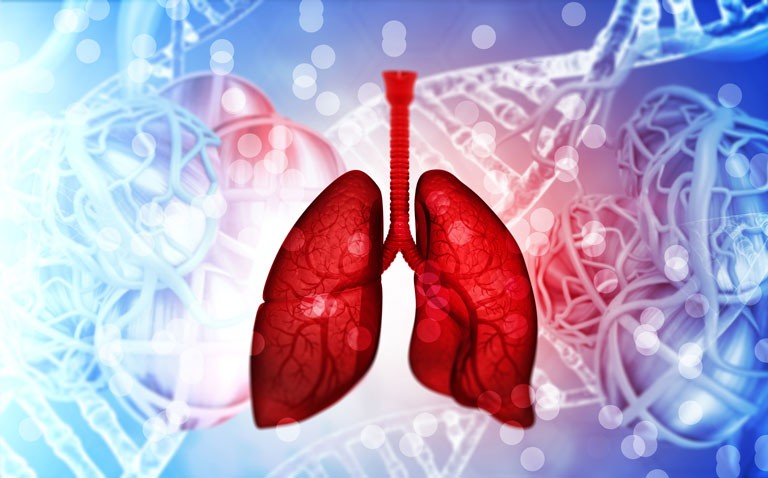Proton pump inhibitors (PPI) are used as a first-line treatment for acid-related disorders in children but some data suggest usage could increase the risk of developing asthma.
Some evidence collected from drug use in pregnancy has indicated that exposure to PPIs might be associated with the development of asthma in children. It is also known that disturbances of the gut microbiome can provoke asthma and that PPI drugs, by suppressing gastric acid secretion, can lead to alterations in gut flora. In trying gain more insight of the possible association between the use of PPIs and asthma in children, researchers from the Department of Medicine, Karolinska Institute, Sweden, examined data held in a nationwide registry between 2007 and 2016. The national registry contains a wealth of health data including complete medical records of diseases diagnoses, surgical procedures, hospital inpatient and outpatient encounters as well as prescriptions dispensed. For the present study, the team focused on children younger than 18 years of age for whom PPIs were initiated between 2007 and 2016 and excluded those with a prior diagnosis of asthma or prescriptions for asthma medication within one and a half years of the index date, i.e., when the first PPI prescription was issued. In addition, participants were propensity-matched with children from the national registry who were not prescribed PPIs. The primary outcome of interest was incident asthma and secondary outcomes were the incidence of asthma based on either a diagnosis from hospital records or from the issue of at least two prescriptions for any asthma medication.
Findings
The registry contained 80,870 matched pairs of initiators and non-initiators of PPI use with a mean age of 12.9 years of whom, 63% were girls. Among those initiated on a PPI, there were 4428 cases of asthma compared to 2818 in the matched non-PPI group, giving an incidence rate of 21.8 and 14 per 1000 person-years respectively. Overall, use of a PPI was associated with a 57% increased risk of asthma, (hazard ratio, HR = 1.57, 95% CI 1.49 – 1.66) and this finding was consistent even when asthma was defined in terms of either issued asthma medication (HR = 1.57) or from hospital diagnoses (HR = 1.53). Furthermore, the association remained significant when considering each of the different PPI drugs. The researchers also noted that the association of PPI use and the risk of asthma differed significantly by age group. For example, the risk was highest among those aged under 6 months (HR = 1.83) compared to those 12 years of age and older (HR = 1.49). Interestingly, the association was also higher among those without concomitant atopic disease (HR = 1.60 vs 1.22, atopic vs non-atopic). The authors concluded that asthma should be considered as a potential adverse event when PPIs are prescribed to children.
Citation
Wang Y et al. Association Between Proton Pump Inhibitor Use and Risk of Asthma in Children. JAMA Pediatr 2021.










